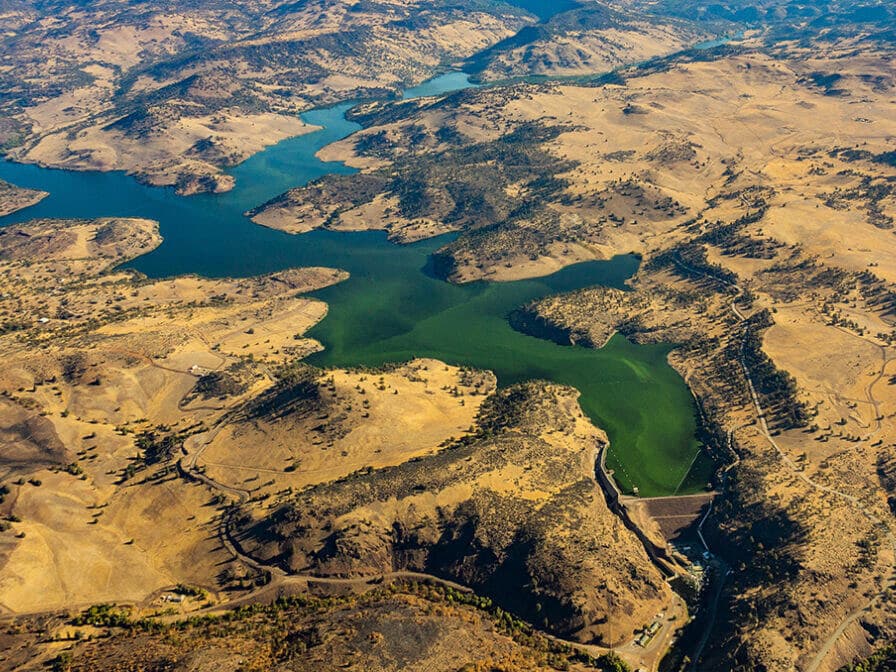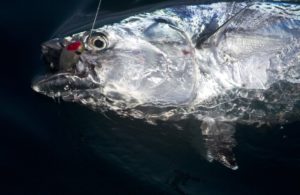
The Federal Energy Regulatory Commission voted unanimously on Nov. 17 to remove four dams in California on the lower Klamath River. This would open hundreds of miles of salmon habitat in what is billed as the largest dam demolishing project and river restoration ever undertaken, reports the AP.
The $500 million project has been advocated by Native American tribes and environmental organizations such as Trout Unlimited (TU) for many years. Once dam removals are complete and water flows are restored, the lower reaches of California’s second largest river would return to a natural state for the first time in over 100 years.
The Klamath River straddles the California and Oregon border and is the third most productive watershed for salmon and steelhead on the West Coast, according to TU. Only the Columbia and Sacramento River systems produced more fish.
Years of drought have contributed to chronic water shortages in the Klamath River Basin, says TU. This has resulted in fast-falling anadromous fish populations. So the multi-dam removal project on the Klamath is greatly needed to aid salmon and steelhead.
PacifiCorp operates the hydroelectric dams and will continue to do so until demolition begins, perhaps by summer. The dams produce less than 2 percent of PacifiCorp’s power generation when they are running at full capacity, which is rare lately due to poor river flow from drought.
The AP reports that the Klamath River watershed is over 14,500 squire miles. But dams built from 1918 to 1962 halved the river’s reach and stopped anadromous salmon and trout from migrating to historically important spawning areas.
Read Next: How Drones Will Help Salmon Fisheries Survive
Removing U.S. river dams in recent years has been an environmental trend, with over 1,900 dams taken out, and 57 removed last year. This according to American Rivers, which monitors dam removals and champions river restorations.
Members of the Native American Yurok, Karuk and Hoopa Valley tribes have long hoped for Klamath River dam removal and restoration.
“The Klamath salmon are coming home,” Yurok Chairman Joseph James said after the Federal Energy vote, according to the AP. “The people have earned this victory and with it, we carry on our sacred duty to the fish that have sustained our people since the beginning of time.”








